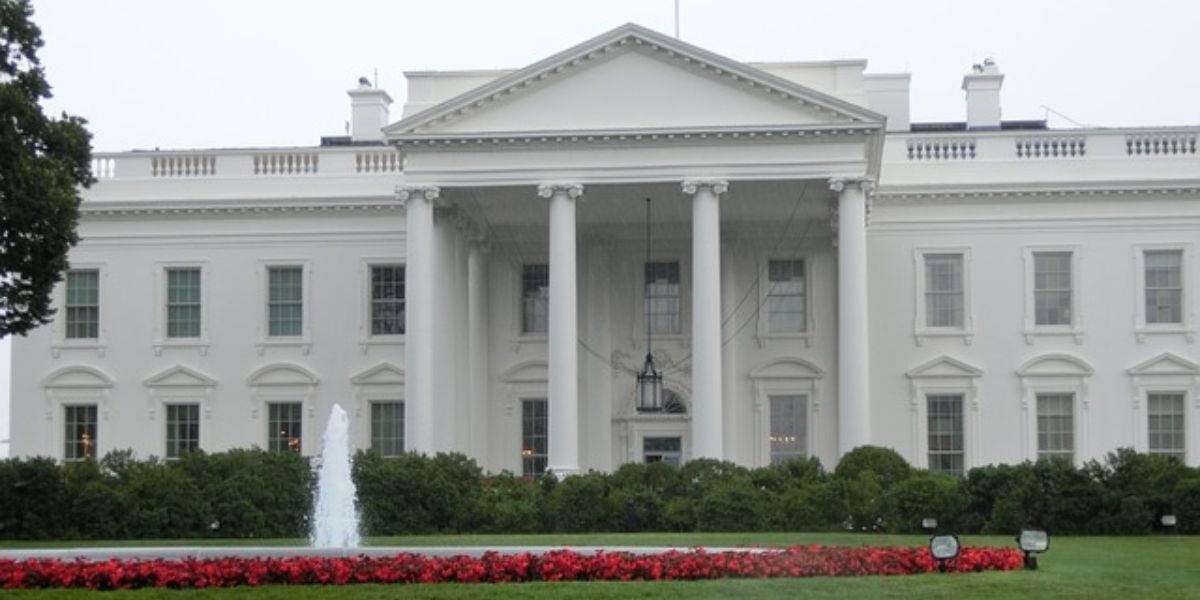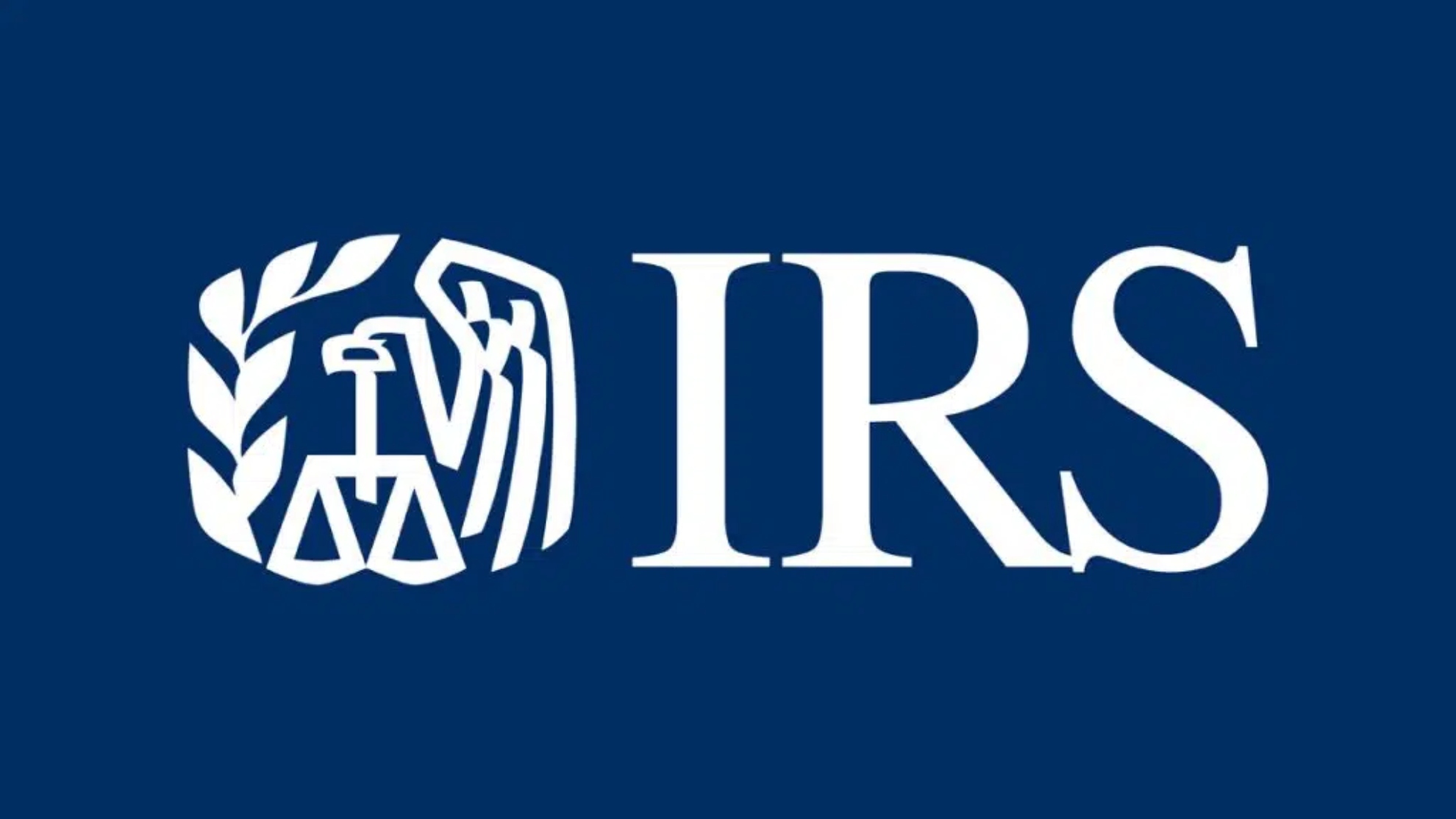US President Donald Trump signed an executive order yesterday, 29 April 2025, to ease the impact of auto tariffs, days before 25% import taxes on auto parts were set to take effect.
Under the new executive order, which he signed aboard Air Force One, while visiting Michigan, the cradle of the US auto industry, Trump granted automakers a two-year timeline to boost the proportion of domestic components used in vehicles assembled within the country.
Automakers can offset tariffs on imported auto parts used in US-assembled vehicles, equivalent to 3.75% of the Manufacturer’s Suggested Retail Price (MSRP) of the vehicles produced domestically through April 2026. This offset will decrease to 2.5% of US production through 30 April 2027.
Furthermore, vehicles and auto parts affected by these tariffs would be exempt from Trump’s other tariffs. This includes the 25% tariffs on Canadian and Mexican goods, the 25% levies on steel and aluminum, and the 10% tariffs imposed on most other countries. This change also extends the duty-free exemption for North American parts that meet the rules of origin under the US-Mexico-Canada Agreement (USMCA).
The USMCA allows goods to move tariff-free between the three countries (the US, Canada, and Mexico) if they are made entirely in North America or significantly transformed there using components from other countries.
However, the White House clarified that the tariff relief would exclude Chinese autoparts, which will remain subject to Trump’s latest tariffs of up to 145%, in addition to existing duties.
Meanwhile, advocates for the auto industry, such as Autos Drive America, which represents automakers like Volkswagen, Toyota, and nine other international brands, acknowledged that Trump’s order offered some relief. However, the group emphasised that further action is needed to truly revitalise and accelerate growth in the US auto industry.
Candace Laing, president of the Canadian Chamber of Commerce, stated that the tariff solution failed to fully meet the needs of businesses within the highly interconnected North American industry.
“Only an end to tariffs provides real relief. Ongoing ups and downs perpetuate uncertainty, and uncertainty drives away business for both Canada and the US,” she said.
Earlier, on 30 January 2025, Trump imposed a 25% tariff on imports from Canada and Mexico, which also includes automobiles. On 5 March 2025, Trump decided to exempt automakers from his 25% tariffs on Canada and Mexico for one month if they follow existing free trade rules, following discussions with the three largest US automakers: Stellantis, Ford, and General Motors.
















